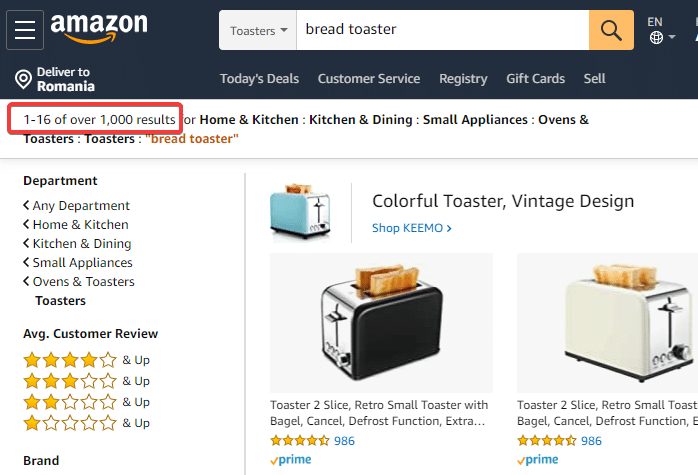How to Shop Based on Utility Theory and Make a Rational Decision?
Posted on April 4, 2020
Are you often feeling the full blow of the Paradox of Choice in your life? Do you put off important decisions because there are simply too many alternatives? I know I do… and one solution is using simple utility theory concepts to compare apples with apples using the framework of our objective needs.
When trying to maximize the benefits of a choice between 2-3 options, it doesn’t matter much because it is usually clear which one is the more desirable. How then will we cope with a choice pool of thousands?
Behavioral economics authors Daniel Kahneman and Amos Tversky explain that actors in the real economy are far less rational than traditional economic theory gives them credit for. A rational actor always chooses (and bids) based on utility theory. This means that you should offer to pay for goods and services in strict relation to the benefit you get from using or owning them.
How often did you do a cost/benefit analysis for choosing a toaster, blender, vacuum, automobile, house? Never? So you admit you are not what they call a rational actor?
Let’s imagine we want to buy a toaster. When writing this article, I could find over 1000 toasters on Amazon ranging from $17 to $987. So how to rationally compare such different items?

First, you will want to gauge the expected utility from owning a toaster. How much do you think you will use it and how much is the toast worth?
Let’s say you anticipate eating 4 slices of toast for breakfast, 2 times a week in the next years. That would add up to 4x2x52 = 416 slices per year. You are also not sure this habit will continue past the first year, so you would not wish to extend the projection further than that. This leaves us with the question, what are 416 slices worth to you? Let’s say $0.25 per slice, coming in at roughly $100. But the bread, electricity and preparation time also cost money, so let’s estimate the toaster’s contribution is half that, $50. We call this the expected utility of the toaster. Obviously, spending more than $50 on the appliance doesn’t seem wise.
Further, let’s list other expectations you have and put a dollar amount beside them:
- Constraint 1: The appliance should be sturdy enough to not break within the first year, having it replaced would increase the cost both in missed toasting opportunities and wasted time getting repairs. If the toaster looks sturdy enough and maybe the brand is known as reliable, increase the toaster’s value by $10 if the exact opposite is true, decrease it by let’s say $200 because that’s how much it would cost you to stop working for half a day to get the toaster to the shop.
- Constraint 2: The toasts should come out consistently edible, not burnt. If the reviews are good and the heat settings appear to be comprehensive, let’s increase the value by $20 (perfectly baked toast is really yummy and worth it), otherwise, decrease it by $20.
- Constraint 3: The device needs to look good in the kitchen. If true, the value can be increased by $10, if it’s just ok, no increase, otherwise decrease by $20.
Now, let’s put some numbers beside our toasters:
| Price | C1 | C2 | C3 | Value Utility+conditions | Value Score Value – Price | |
| ToastMaster | $45 | +$10 | +$20 | +$10 | $50+$10+$20+$10=$90 | 90-45=45 |
| ToastBuddy | $25 | +$10 | +$20 | +$10 | $50+$10+$20+$10=$90 | 90-25=65 |
| CheapTostr | $15 | -$200 | -$20 | +$0 | $50-$200-$20+$0=-$170 | -170-15=-185 |
In the above comparison we have a clear winner with the highest value score of 65, which means that for you, the buyer, that toaster is worth roughly $65 more than the selling price, making it a great deal. Of course we only added toasters that cost $50 or less because otherwise the price would outweigh the expected utility.
So there you have it, a small framework that allows you to effectively define criteria for any value analysis. Maybe it’s not worth the time for $25 toasters, you might be better off just picking a random item in the price range you can afford as the stakes are really low. Consider applying this when the consequences of a sub-optimal choice is larger, or you feel stuck comparing apples to oranges based on feelings rather than facts.
What do you think? Share your thoughts!